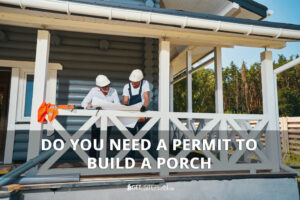
Do You Need a Permit to Build a Porch (or Add a Roof)
Before you build a porch, add a roof on it, or fix an existing structure, you may need a permit. Local city or county rules determine whether approval is required,
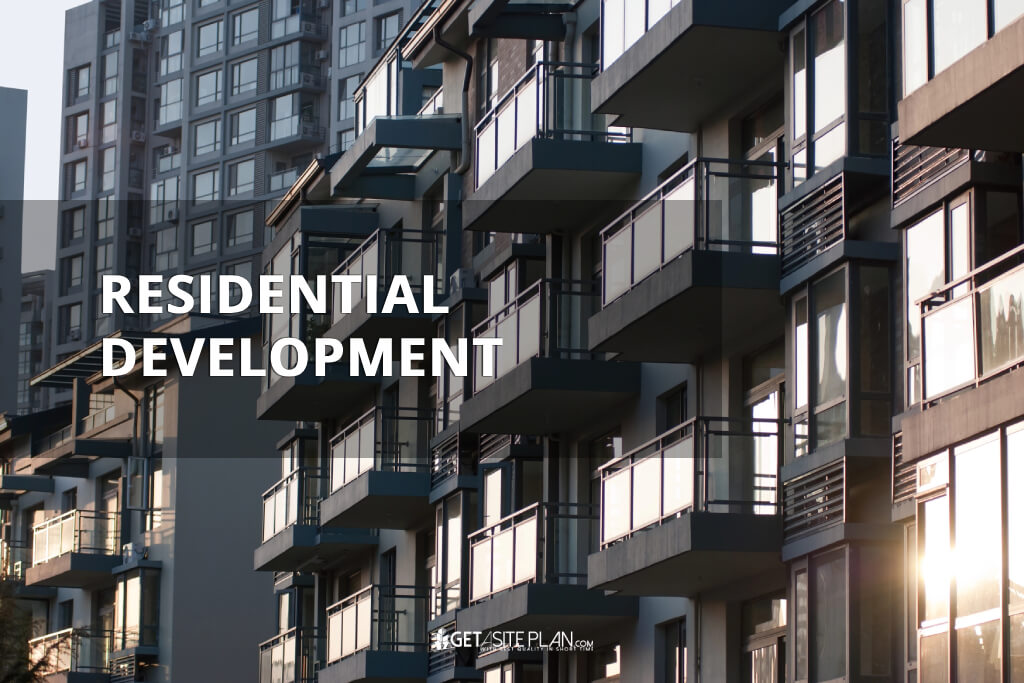

Contributing Writer | Architecture & Design Writer
Residential development is the process of transforming land into thriving communities where people live. It aims to create a functional, aesthetic, and sustainable life environment with lots of character and charm.
Whether it’s an apartment building, or a simple single-family home, understanding residential development helps us understand the living space and community interactions.
Stay with us, as we’ll explore residential development, the stages of planning, construction, and design. We’ll discover what types of residential projects exist, and learn what it takes to make the perfect surroundings for modern living.
Table of Contents
Toggle
A residential development project is a long-term investment that involves planning, designing, and constructing new living space units.
This type of project requires a building permit, site plan, zoning permit, and in some cases, a conditional use permit or subdivision design plan. These permits and plans are used during construction as they help with the building process and are the crucial steps for a successful project.
The project begins with site selection and acquisition, which is then followed by detailed zoning and planning to ensure compliance with local building codes and regulations.
As we mentioned, in some cases, we need a subdivision plan design because some residential development projects have structures that are built onto divided lots where they create a neighborhood as a whole.
Some projects include redevelopment or rehabilitation of facades and structures that already exist to enhance their aesthetic appeal and increase the property value.
Now let’s see what types of residential developments exist.
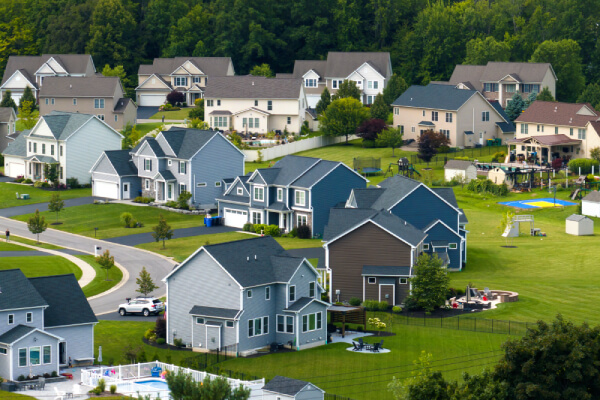
There are different types of housing when it comes to residential development projects:
Each type is unique and offers different advantages, but together, these housing options create sustainable communities that help the growth of modern society.
After seeing what types of housing exist, let’s address how the process of residential development looks.
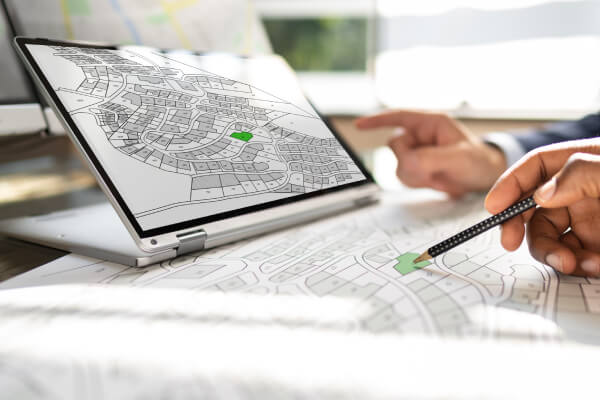
The residential development process includes a couple of stages. If you’re wondering what does the process look like, here’s a short overview:
Every project has its risks, delays, or unexpected situations with unforeseen costs, so effective project management and experienced professionals are essential for a successful process.
Now, once more, let’s briefly see why is residential development so important for our living society.
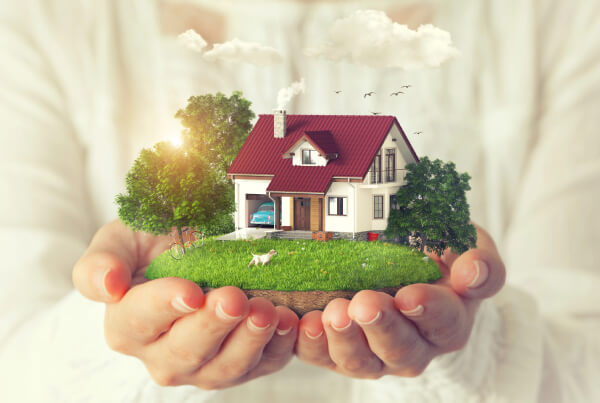
Residential development is important for numerous reasons:
This is how residential development contributes to modern society. Its importance shapes communities and helps overall societal progress.
Residential development is not just about building units, it’s about providing a better future. That’s why it’s the key to community growth and development. It helps stimulate the economy and builds up infrastructure. With well-planned residential projects, communities can have better prosperity and improve their quality of life.
To achieve these goals, don’t forget to get a site plan. It makes sure that all the legal aspects, such as zoning, building codes, and regulations for construction are adhered to.
In case you need help to obtain site plans for permits, feel free to contact us. Our expert team will be more than happy to answer all your questions and guide you through the process. With us by your side, we’ll guide you through the complexities of residential development easily and help in the growth and prosperity of the community.
Learn more about our contributor:

Contributing Writer | Architecture & Design Writer
During my career, I’ve written articles on interior design, home remodeling, and renovation with an emphasis on money-saving tips and DIY ideas. It’s been a rewarding journey and I am thrilled to continue helping others bring their architectural visions to life.

Before you build a porch, add a roof on it, or fix an existing structure, you may need a permit. Local city or county rules determine whether approval is required,
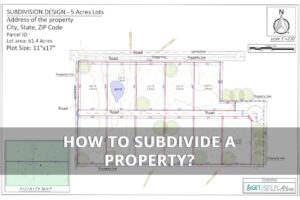
Whether you want to sell part of your land, create multiple lots for development, or simply increase its value, subdivision of property can be rewarding – but it’s also highly
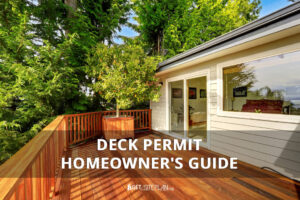
Before you start building your dream deck, make sure you understand the one thing that can make or break your project – the deck permit. A building permit for a